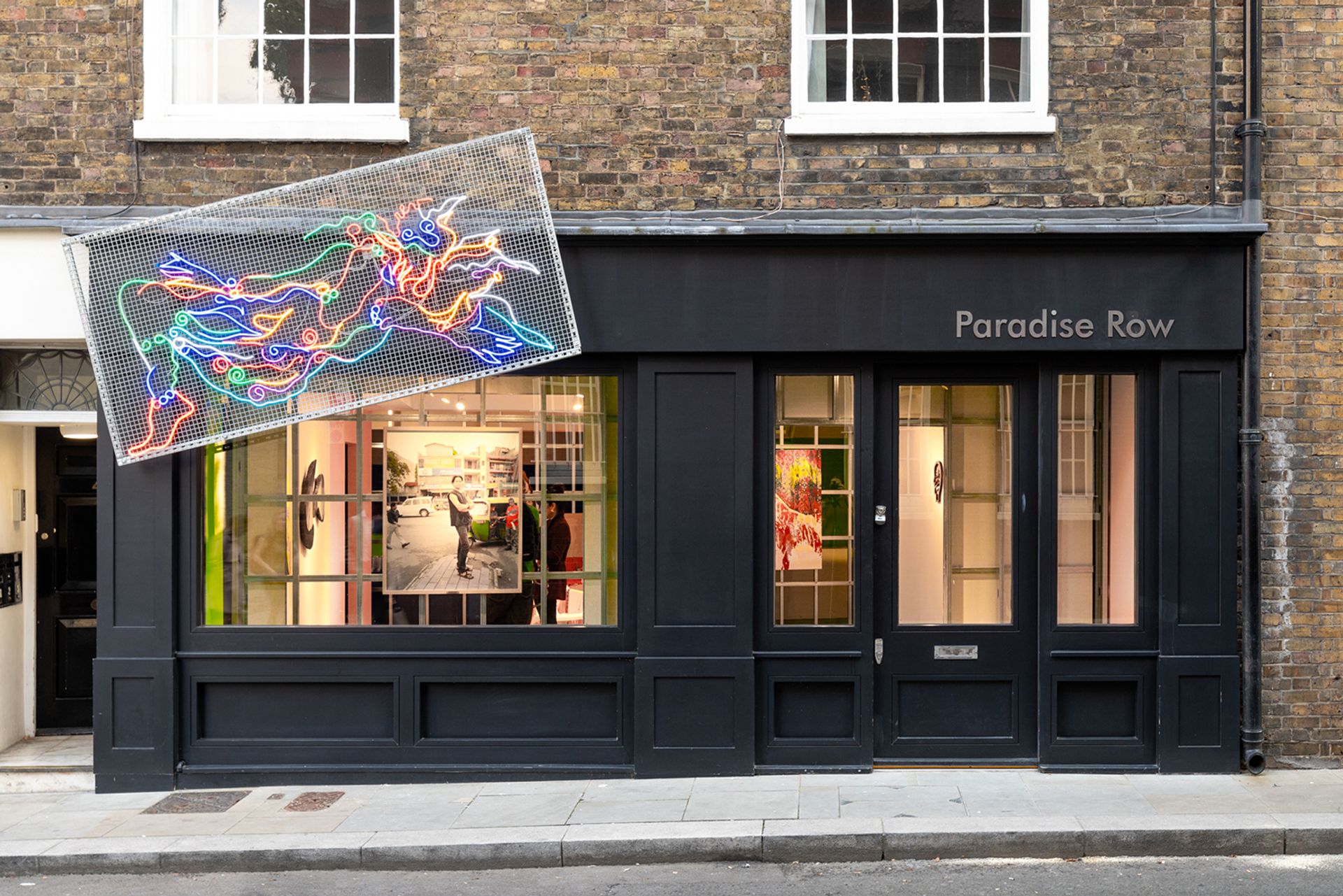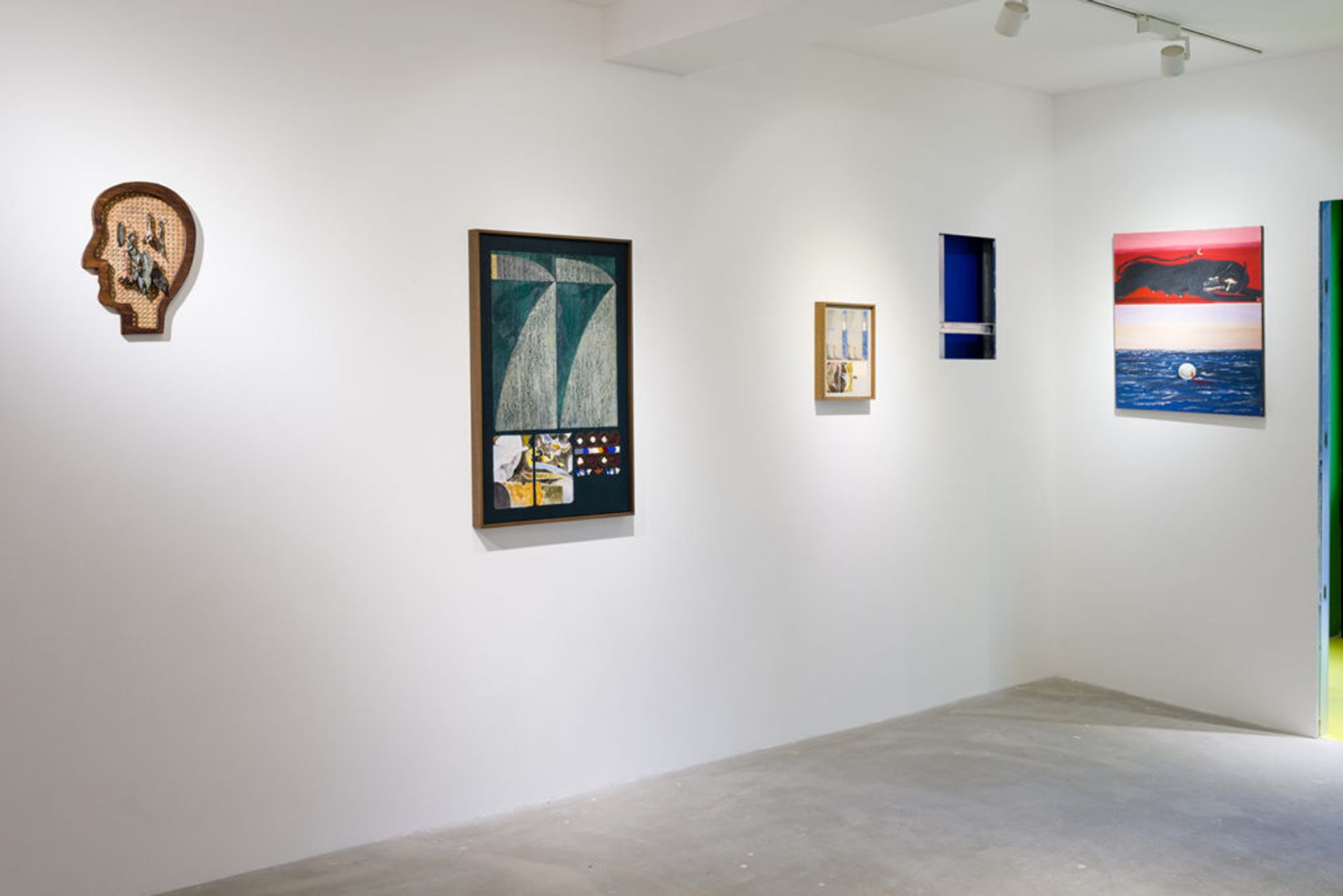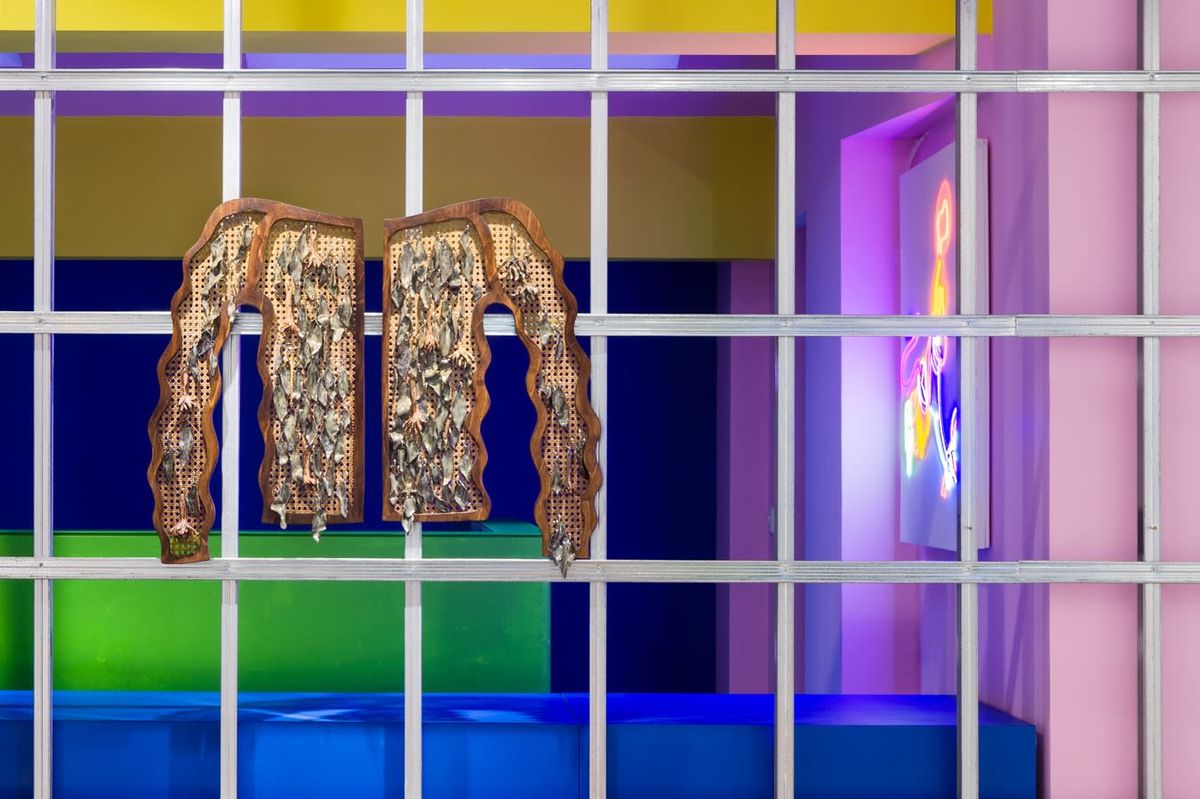"If 20 years ago you told me I would be showing in another South Asian group show, I'd be mortified," says Shezad Dawood, the curator of Hawala, an intergenerational group show of British-South Asian artists now on show in London.
Evidently times have changed, and while at one point being lumped together based on ethnicity could be deemed little more than cultural ghettoisation, a resurgence of interest in heritage and identity makes this exhibition—a rarity despite the UK's huge South Asian population—more relevant than reductive. "I can't think of another major show of this nature that has taken place this century," Dawood adds. "Movements like BLM and Decolonise This Place have started the necessary conversations but the UK South Asian community has yet to have its story properly told."
For the show, Dawood has gathered ten artists including himself, the photographer Sunil Gupta and Chila Kumari Singh Burman, who shows a car dressed in her signature neon adornments. Their works are displayed alongside those by less-established names like the Glaswegian-born Jasleen Kaur and the recent Royal Academy of Arts graduate Harminder Judge.

Paradise Row Projects in Mayfair, London. Photo: Mirko Boffelli
The exhibition inaugurates Paradise Row Projects, a one year, not-for-profit curatorial programme in Mayfair, which revives the commercial gallery Paradise Row in East London that closed in 2016. Two-month-long selling exhibitions will be staged at the gallery, with all profits from sales going to various NGOs selected by the show's curators and artists. "It's about introducing the idea of sustainability and trust into a system that has historically not been about those things," says the gallery's co-director Nick Hackworth, who is hoping to shake up the commercial art world by providing the wider art market with an "alternative model".
The concept of trust is central not only to the business model of Paradise Row, but also to the show's curatorial vision. Its title refers to the hawala system of money lending, a decentralised, ledger-based form of value transfer prevalent in South Asia and throughout its expatriate communities, which involves vast global networks of money lenders adhering to an honour-based system. With its etymology deriving from Persian, and its structure having shaped European banking practices across many centuries, Dawood says that he finds hawala a rich seam to mine when thinking about South Asian diaspora artists and the long, robust legacy they have established in this country since the mid-20th century.

Installation view of Hawala at Paradise Row Projects. Photo: Mirko Boffelli
The importance of informal networks is also evidenced in the show's artist list. Gupta, for example, gave Dawood his first institutional show at OVA in London, which emphasises how the UK's South Asian artist community has relied on one another for generations.
A number of the show's younger artists, such as the ceramicist Anousha Payne and the painter Haroun Hayward, admit they have shied away from South Asian group shows in the past for fear of being pigeonholed. But now "it feels like a perfect time for this show to happen", says Payne, who expresses an eagerness to forge stronger connections with older generations. Apparent throughout the exhibition are thematic threads between younger and older artists, such as the contemporary twists on traditional myths found in both Payne's glazed stoneware and rattan sculptures and Burman's blinged-out automobile. Meanwhile Gupta's photographs of gay subcultures resonate with Hayward's paintings that take on rave culture and Chicago House music as their chief inspiration.
The exhibition will also be sold as a single NFT, created by Dawood, known as the Mangrove Institute of Contemporary Arts (MICA), which is hosted on the metaverse platform Somnium Space. Each artist from the show has had a work rendered digitally for the NFT and proceeds from its sale will be split equally between the artists and the charities Conservation Action Trust, India, and WWF Pakistan.
• Hawala, Paradise Row Projects, until 5 November


